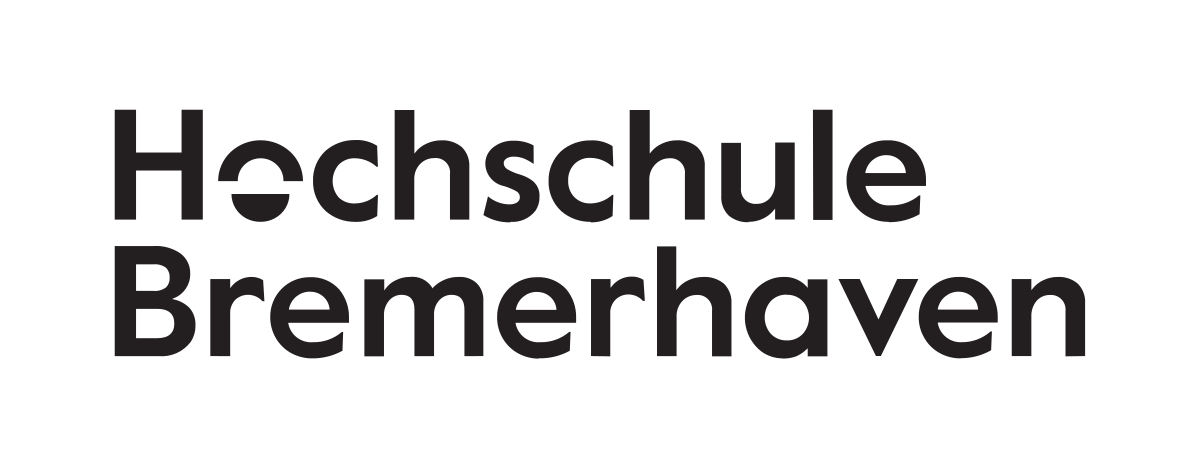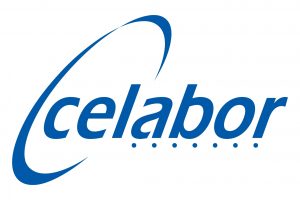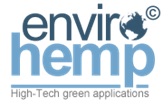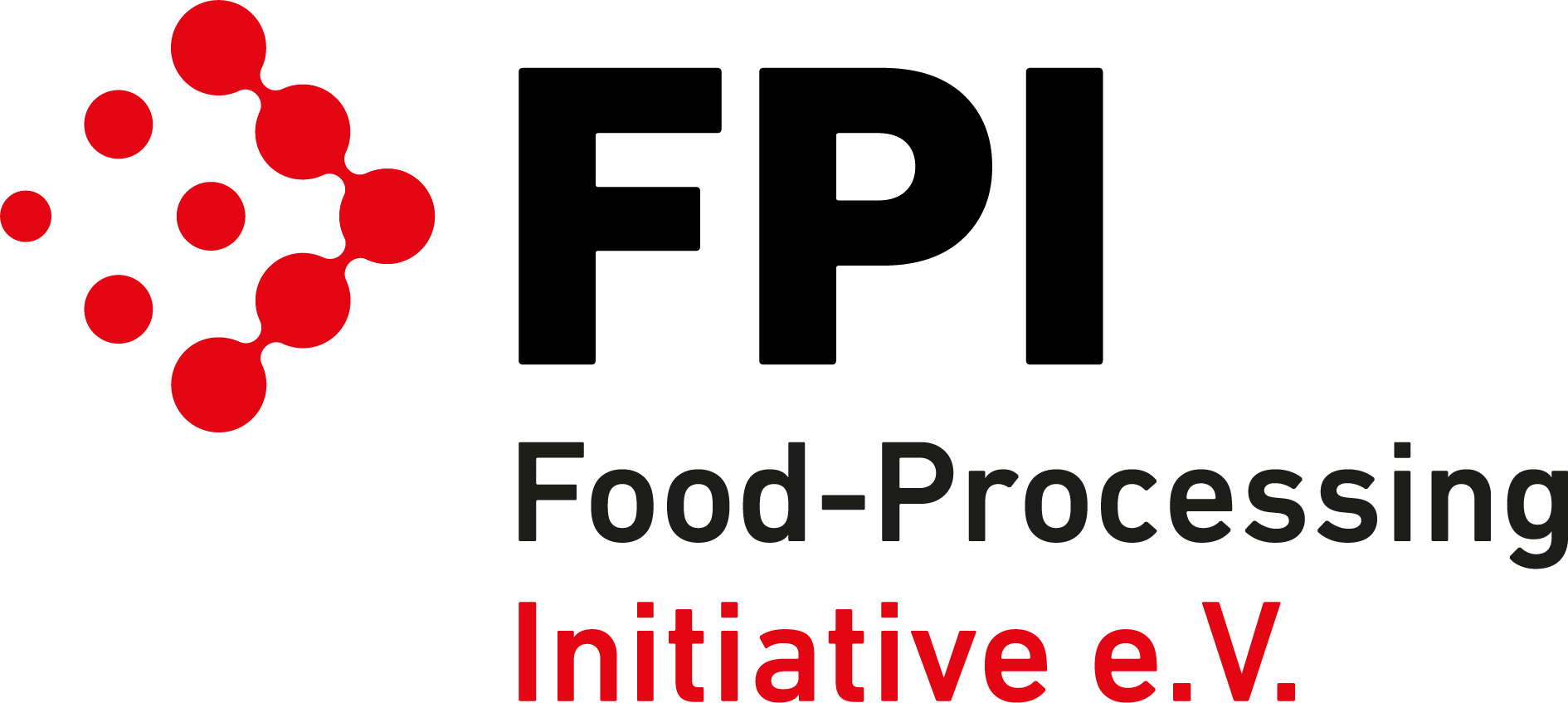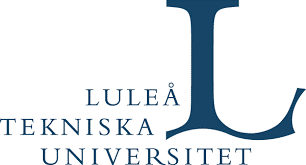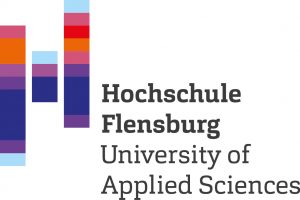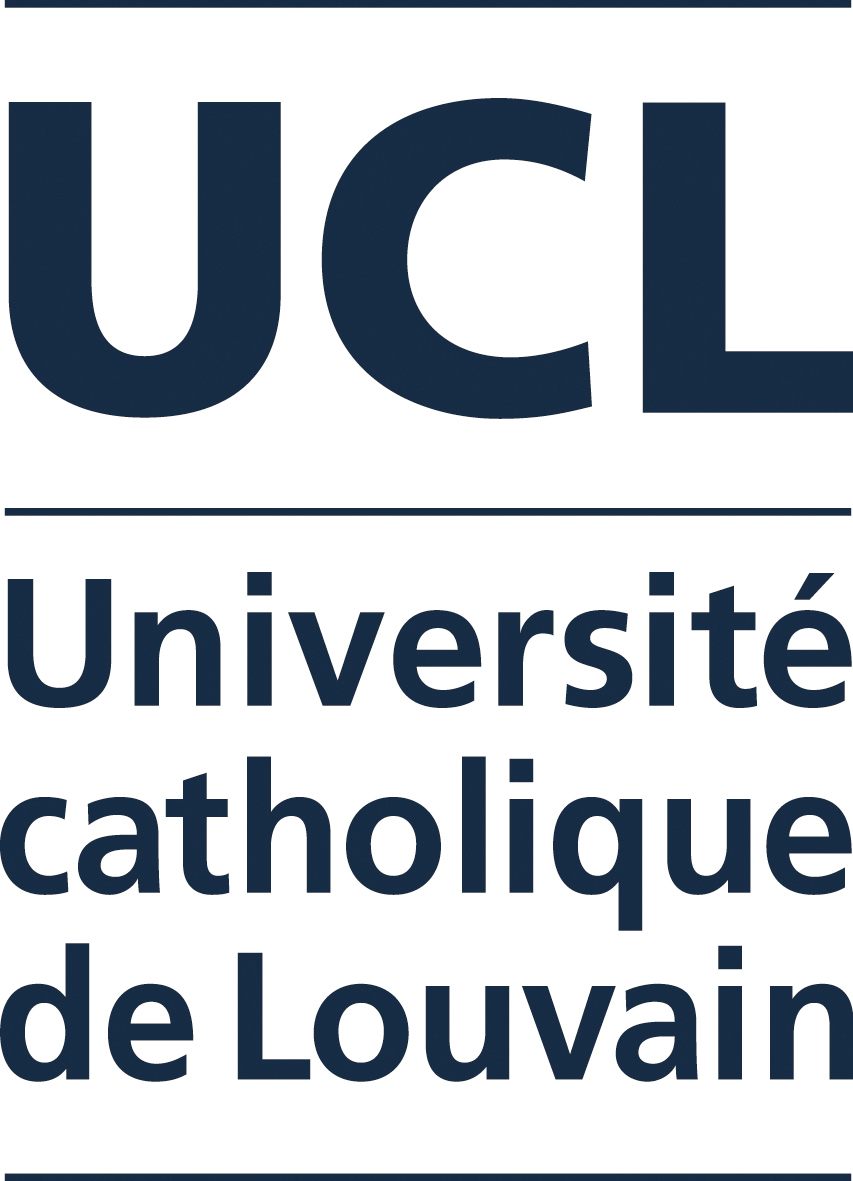Thanks to beer we might soon be eating Salicornia!
How we incorporated an old protein measurement method in order to help us in our goal of extracting proteins from salicornia
With much of our current agriculture threatened by changing climate our farmers are having to be more and more creative with wat they will grow. In this project we suggest growing Salicornia plants. These small primitive looking shrubs have an amazing potential. Because of their ability to grow on salt water they could be grown in areas where no other plants could thrive, but to unlock their full potential more research is needed. In this work package we aim at extracting the maximum amount of nutritious proteins from the plant remains that are left after harvest. We strive to get the highest concentration possible. Measuring the amount of proteins collected hasn’t always been easy due to the high salt amounts. We therefore turned towards a method invented in 1883 by a scientist Johan Kjeldahl. He invented this method to get a more accurate idea on the protein left in grain during the production of beer. This ‘Kjeldahl’ method is still one of the most utilised ways of measuring protein levels in many industries! Now that we have this method to accurately measure what we gather in our extracts we are ready to continue our experiments. We plan on testing different ways to get the proteins out of the plants. One involves making them as comfortable as possible in a solution, so they are more likely to leave the plant behind. Another uses fine filters, almost like tiny sieves, and pressure to push the plant particles through, in the end only keeping the proteins and washing away the rest. So, stay tuned to find out which of these methods turned out to be the most efficient way of getting to these important proteins. 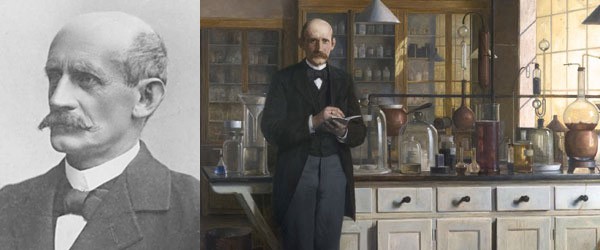 |
Acknowledgement
This project has received funding from the European Union’s Horizon 2020 research and innovation programme under Grant Agreement No 862834. Any results of this project reflects only this consortium’s view and the European Commission is not responsible for any use that may be made of the information it contains.







